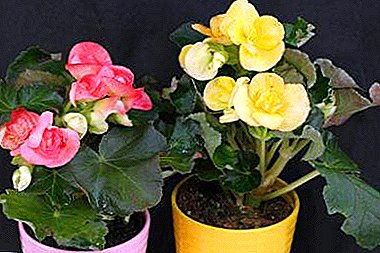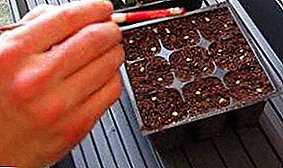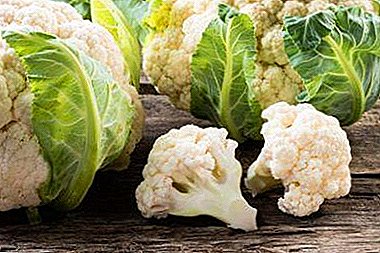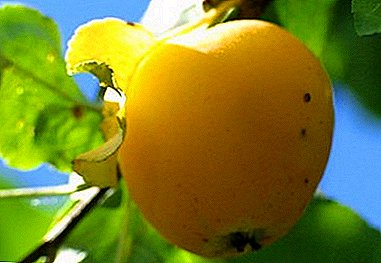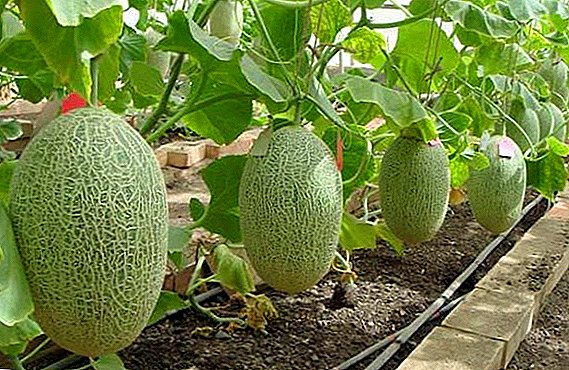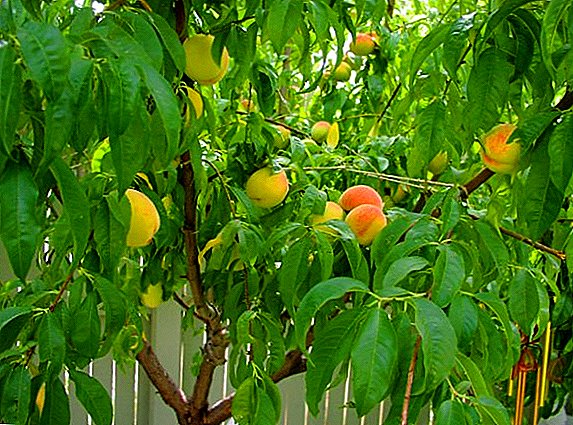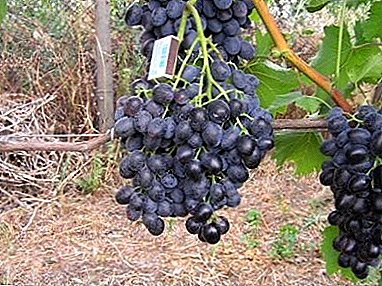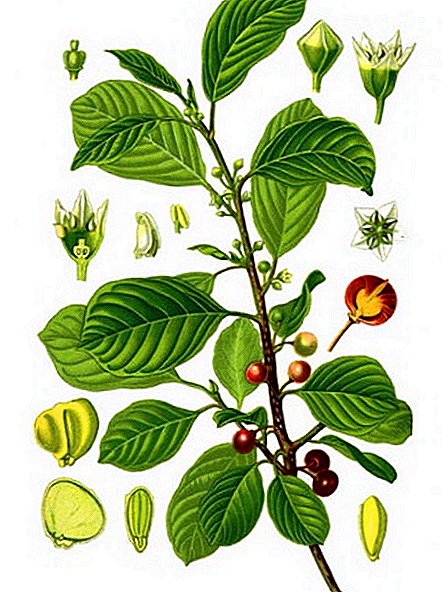 Thanks to its dull color, thin twigs and small size, buckthorn once became a symbol of humility. According to the legend, its leaflets were woven into the crown of thorns of Jesus. Today this plant is very popular in scientific medicine and popular practices. On its basis, create biologically active additives, medicinal teas and even full-fledged medical preparations. Let's find out when it is worth asking for help. alder buckthorn and how to handle it properly.
Thanks to its dull color, thin twigs and small size, buckthorn once became a symbol of humility. According to the legend, its leaflets were woven into the crown of thorns of Jesus. Today this plant is very popular in scientific medicine and popular practices. On its basis, create biologically active additives, medicinal teas and even full-fledged medical preparations. Let's find out when it is worth asking for help. alder buckthorn and how to handle it properly.
Description
This plant is often called buckthorn brittle, cheremokoy, a buckthorn or wets (wolfish) berries. The main habitat is East Asia, but the plant is also found in the forests of Europe, as well as in North America and North Africa, preferring proximity to rivers, swamps and moisture.
Often, near a willow or mountain ash, you can see a nestling shrub with smooth branches - this is the buckthorn.
Did you know? The first documented mention of buckthorn as a medicinal plant dates back to 1305.
The leaves of buckthorn are shiny, in the shape of an ellipse, smooth at the edges, and small flowers of a greenish-white shade appear in May and June.
Closer to September, they turn into drupes - fruits that change their color from green to black as they mature. Eating berries is not recommended.  Usually the shrub reaches 2-3 meters in height, while the branches and trunk color change over time: in young shoots it is red-brown, but closer to the base the bush has a grayish-brown color.
Usually the shrub reaches 2-3 meters in height, while the branches and trunk color change over time: in young shoots it is red-brown, but closer to the base the bush has a grayish-brown color.
Composition and nutritional value
Fresh, all components of buckthorn are quite poisonous, and there is a simple explanation for this. In the bark, leaves and fruits contain antraglycosides - active substances that cause vomiting.
Like buckthorn, belladonna, a soft bedcloth, wolfberry, hogweed, yew berry and autumn crocus are also poisonous plants, but with proper treatment they can cure many diseases.
The composition of the plant also includes:
- tannins with astringent properties;
- intoxicating alkaloids;
- malic and succinic acid;
- gum, pectins and other types of complex sugars;
- the main natural antioxidant is vitamin C;
- various essential oils.

Important! For buckthorn to become a medicine, not a poison, it needs long-term storage. During the year, antraglycosides are oxidized, and the raw material becomes usable.
Beneficial features
Neutralized buckthorn is used as a decoction, liquid extract, and its bark is a part of various herbal preparations. The extract from this plant contains the most anthraglycosides. Once in the human body, they are rather slowly digested, so their laxative effect is manifested only in the large intestine.
Usually between the intake of the drug and the result of its action takes 8-10 hours. Buckthorn is often used as a laxative for constipation in people who lead a sedentary lifestyle or have poorly developed abdominal muscles.
It will be useful for you to read about the most useful medicinal plants.
Obstetricians use this plant as an antispasmodic and anti-inflammatory agent in the postpartum period. Alkaloids in the composition of the bark have a light sedative effect, so buckthorn is part of soothing teas.
In alternative medicine, this shrub is used as follows:
- for the treatment of problems of the gastrointestinal tract;
- with heart failure;
- as a tincture for grinding with pain in the bones;

- as gall - and diuretic.
For the prevention and treatment of diseases of the digestive system are also used: dogwood, lettuce, calendula, hyssop, peppermint, spinach.
The berries of the plant have anthelmintic properties, therefore, are used in the treatment of helminthiasis.
Contraindications and harm
First of all, buckthorn is very dangerous when fresh. You can not just pick berries or tear a piece of bark from a bush and immediately prepare a medicine based on them. It takes at least a year for a plant to turn its poisons into useful substances.
Therefore, it is recommended to buy buckthorn raw materials for tinctures and decoctions only in pharmacies, where there is a guarantee that the procurement technology has been complied with.  Do not forget that among the components of the medicinal plant are alkaloids, the regular use of which leads to addiction. To avoid this, it is not recommended to take drugs on the basis of buckthorn constantly, it is better to alternate them periodically with other means.
Do not forget that among the components of the medicinal plant are alkaloids, the regular use of which leads to addiction. To avoid this, it is not recommended to take drugs on the basis of buckthorn constantly, it is better to alternate them periodically with other means.
Did you know? Previously, bunches of buckthorn branches were hung over the entrance to the house, considering that they were capable of scaring away witches and demons.
The use of such a strong medicine requires care and control over the dosage, since an excessive amount of this plant in the body leads to stomach pain, colic, and impaired bowel movement. Further development of hypokalemia (lack of potassium in the body) is possible.
At the same time, treatment with buckthorn is contraindicated:
- pregnant (proved that the plant increases the tone of the uterus);
- lactating mothers (can cause diarrhea in babies);
- children under 15;
- patients with impaired kidney and liver;
- with atrioventricular block;
- patients with gallbladder and biliary tract problems;
- in the presence of abdominal pain, the cause of which is unknown.

Did you know? At the end of the 19th century, buckthorn branches were processed into coal, which was used in the manufacture of gunpowder.
Stocking
Proper harvesting of raw materials plays an important role when it comes to such a serious plant as buckthorn. Begin collecting material in early spring, when active movement of juices begins in the branches, but leaves have not yet appeared. The branches are picked up thicker, young trunks, and then the harvest begins.
To do this, you need to make a knife with an oblique cut on the trunk at a height of not less than 10 cm from the ground. Such a reserve is necessary so that the plant can resume its growth.
By the way, felling of raw materials is permissible only in strictly designated places, and violation of this rule may entail administrative punishment.
For medical purposes, shrubs over 8 years old and of a height not lower than 3 m are selected.
On the cut branches do ring cuts every 10-15 cm, then connect them with one longitudinal, and the bark is easily removed in whole pieces. Cleaning it with a knife in the traditional manner is not recommended - pieces of wood will remain.
The next stage of preparation - drying. It can be carried out both in the open air, and in the room where there is a constant access of fresh air.  On clean paper it is necessary to lay out the crushed bark in a thin layer so that the pieces do not overlap each other. Periodically do not forget to mix the material so that the drying process is better. If at this time moisture gets into the raw material, the technology will be broken.
On clean paper it is necessary to lay out the crushed bark in a thin layer so that the pieces do not overlap each other. Periodically do not forget to mix the material so that the drying process is better. If at this time moisture gets into the raw material, the technology will be broken.
Important! If there are moss or lichen on the shrub, they must first be removed.
The readiness of the future medicine is checked easily: the dried bark should break with a bang, and not bend. Be sure to review the material before packing for storage so that there are no blackened pieces or wood residues.
How to store
To store the buckthorn special conditions are not needed. It is enough to fold the material into dense paper or cloth bags and send it to a well-ventilated place.
Since dried buckthorn does not like moisture, it is necessary to ensure that the temperature in the storage place does not fall below 0 ° C, but at the same time, the heat should also be avoided.
Many in childhood heard from parents the requirement to avoid shrubs with the mysterious name "wolf berries".  We hope that after reading the article it will become clear why these small berries are so dangerous, and how important it is to follow the rules of cooking drugs based on buckthorn.
We hope that after reading the article it will become clear why these small berries are so dangerous, and how important it is to follow the rules of cooking drugs based on buckthorn.
Important! To preserve the healing properties of the plant, it is important that the room is dry.
It can be an extremely useful tool, but its use prevents frivolity.



